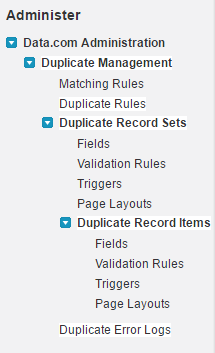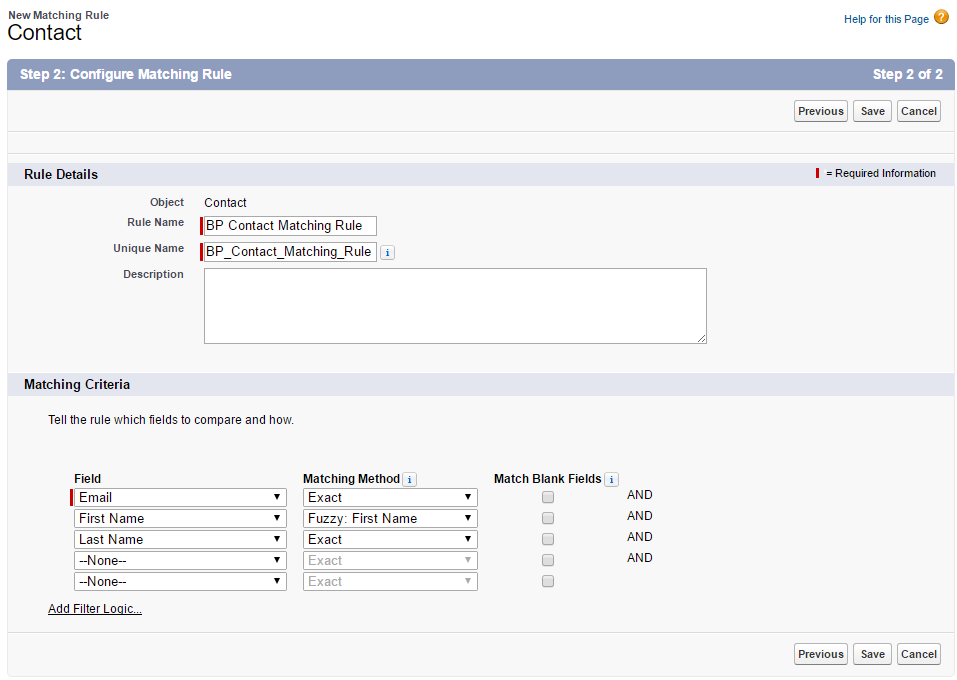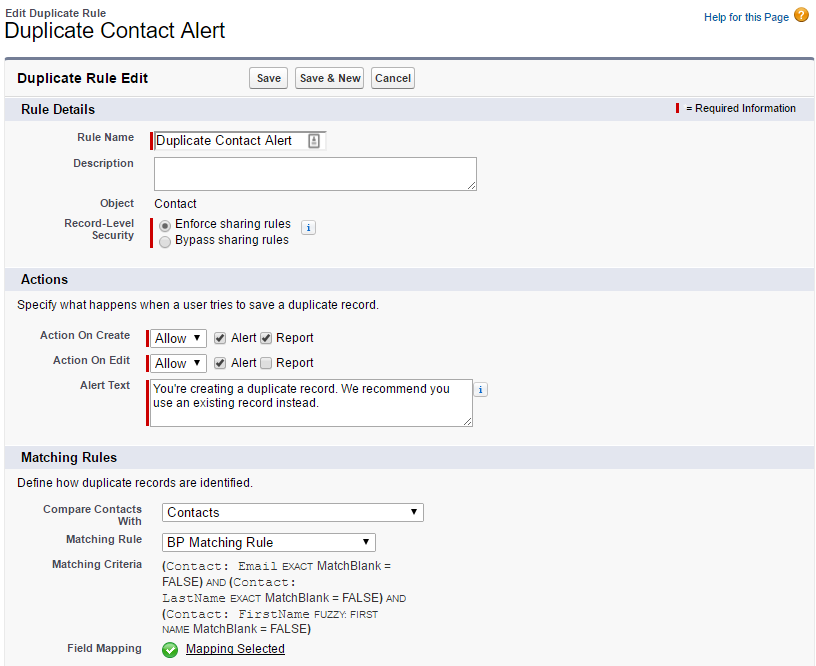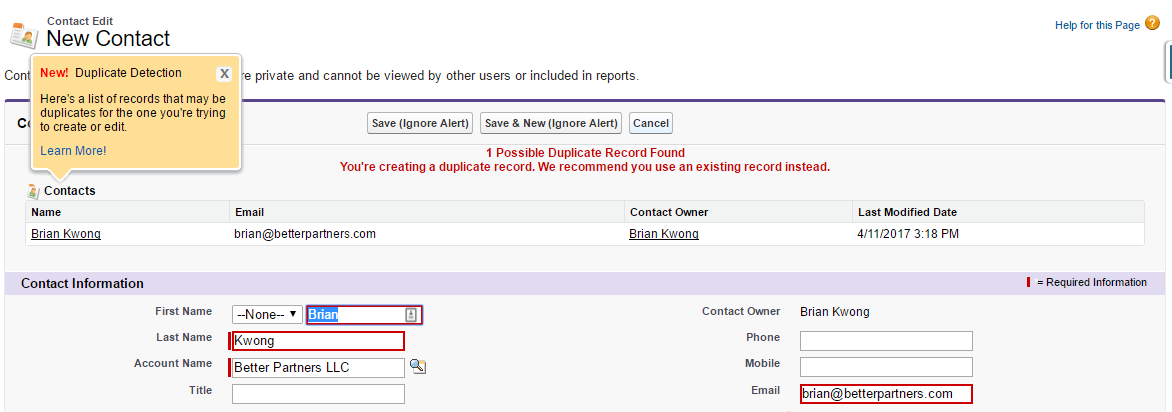Your data is one of the most important aspects to making your Salesforce implementation successful. When data is structured incorrectly, not complete, or simply not visible to the right people, your adoption and usability of the platform decreases dramatically. One of the common issues every customer experiences is duplicate data. In this article we’ll talk a bit about salesforce duplicate management.
It can be really easy to get duplicate records into Salesforce. It can happen because someone didn’t search properly for an existing records before creating a new one. It can happen because an import spreadsheet wasn’t cleaned before data was created. Regardless, duplicate records are the bane of every CRM environment.
There are many ways you can handle duplicates. You can manually review and manually merge duplicate records in Salesforce. This is viable if you’re overall data set is pretty small. For most companies, this is simply not feasible. There are some great tools and services that help remove the duplicates from your system (feel free to ask us about them).
Once your data is squeaky clean, the best way to handle duplicate records is to prevent duplicates in Salesforce from being created in the first place. There are many tools that can do this, but there is on available in Salesforce for free and it is very easy to setup and use.
Using Duplicate Management in Salesforce CRM
You can find duplicate management options in the Setup Menu underneath Data.com Administration. You do NOT need a data.com license to use this tool.

Create and Activate your Matching Rules
Matching rules is where you define when a record may be a potential duplicate. There are a few rules already built, but you’re going to want to build your own.
Creating a new rule is easy. You provide a name, description (optional), and then define your criteria with drop down menus. You also have the option to match when the field is blank. For out example, we’re looking for records that have the same email, the same last name, and where the First name is “fuzzy.” Don’t know what fuzzy means? Learn about Fuzzy matching.
Next Save, and then activate the Rule. On to creating the Duplicate Rule!

Creating Duplicate Rules
Matching Rules define what is a potential duplicate. A Duplicate Rule defines what the system should do when it finds a potential duplicate.
Just like a matching rule you can create a duplicate rule first by defining a name and description (optional) after you choose the object the rule is for. Next you can set the record level security. When it’s enforced it will only consider records the current user has visibility to for potential matches. If you don’t want ANY duplicates regardless of what the user can actually see, bypass sharing rules.
Next you can set the actions when a duplicate is found. In this example, we’re allowing a duplicate to be created but only after we Alert and Report on the this possible duplicate. An alternative is we can block the creation outright. For new matching rules, I prefer to Allow and confirm that rule is ONLY finding duplicates. Going forward we can change this to block.
Next we choose which Matching rule we’ll use. It will only display Matching rules that are active. Finally, you can also set additional criteria to limit the records that could be a valid duplicate.

Duplicate Management in Practice
What does this look like in practice? Here we can see I’m trying to create a contact from Brian Kwong at Better Partners. Our matching rule finds a match based on the name and email address. When I click save, I see red message similar to a validation rule. The existing record also shows up in the list so I can open and review it. Then I have the option to Save (ignoring the warning) or cancel and not create a new contact. The Save (Ignore Alert) only displays if you’re not blocking duplicates in the Duplicate Rule.

You may need to create multiple Matching and Duplicate rules depending on your data and the issues you experience. Don’t wait until everything is perfect to start using Duplicate Management. Start small with one or two rules and add as you go along. Make sure your users are informed and provide feedback so you can tune the rules as needed. Hope you enjoyed this blog post on One Simple Way to Prevent Duplicate Data!
Resources
- 6 Reasons to Integrate Autoquotes with Salesforce
- One Simple Way to Start Optimizing Salesforce
- Comments from Better Partner Customers






